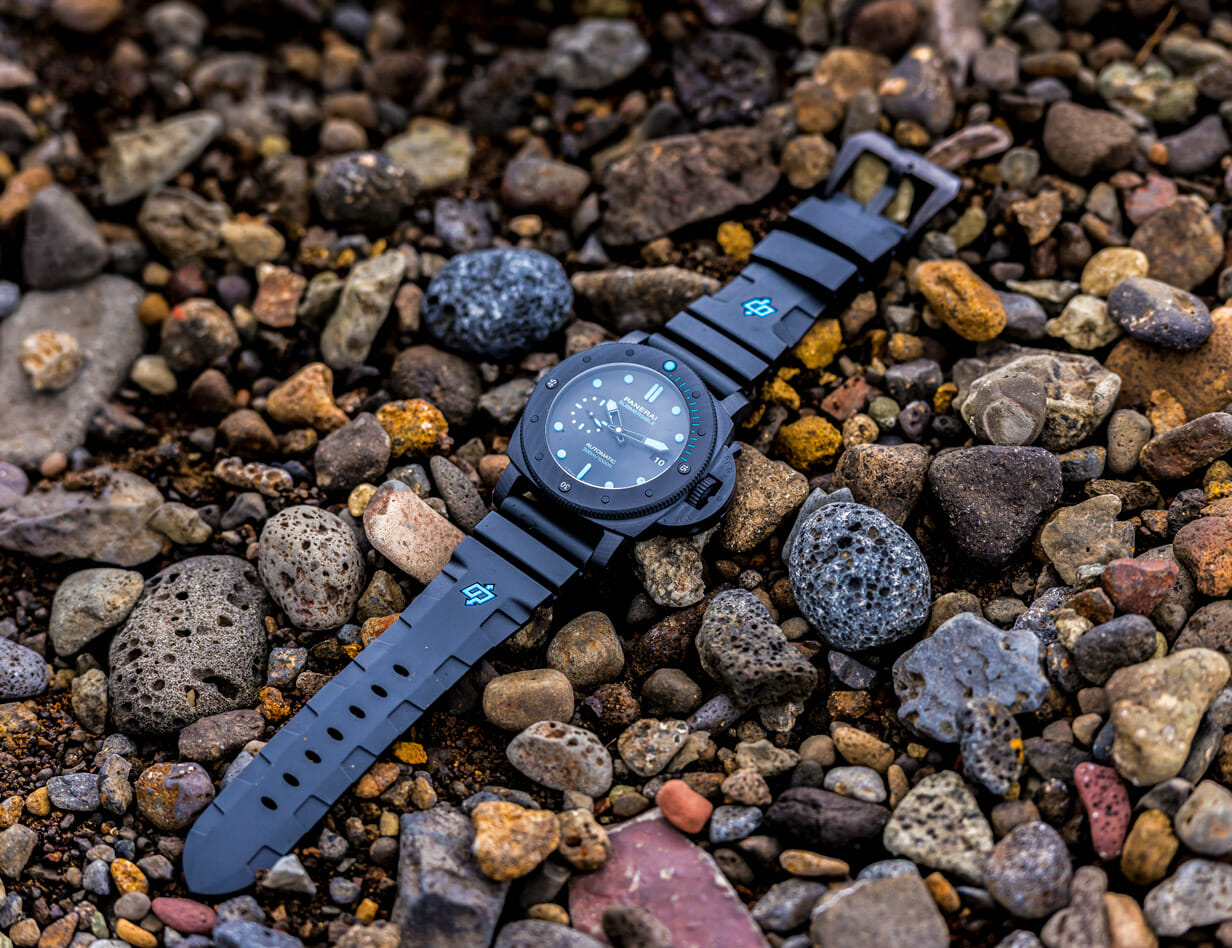Some things are popular for good reason, like traveling to Iceland. With a population of just around 338,000, Iceland has tracked more than 2 million visitors annually in recent years. Tourism numbers have steadily increased during the last decade, only recently starting to plateau. Rugged, green and teeming with untouched land, the country is a feast for the eyes and a playground for the adventurous. Whether thinking of visiting for the first time or the fifth, there is no shortage of ways to experience this extraordinary place. But with crowds, the vastness of the terrain and only so many days in a given itinerary, you’ll want to make the most of your trip. Read on for our tips on how to do it well and the gear to pack for the journey.
The setting
A short flight from the eastern US — a quick five or so hours from New York, for example — Iceland can offer reasons to visit year-round. While the Northern Lights are likely the draw in winter, summer highs reach about 57 degrees Fahrenheit on average so it’s a prime reprieve from the high heat in most temperate climates.
You’ll likely begin your journey in Reykjavík: Only around 122,853 people live here, meaning the capital city is home to a whopping 60% of the population and much of the country is uninhabited. And what’s out there is packing a punch. Within that pristine, hardly populated environment, there are around 10,000 waterfalls, 130 volcanic mountains, 800,000 sheep, 80,000 shaggy horses and glaciers covering more than 11% of the land.
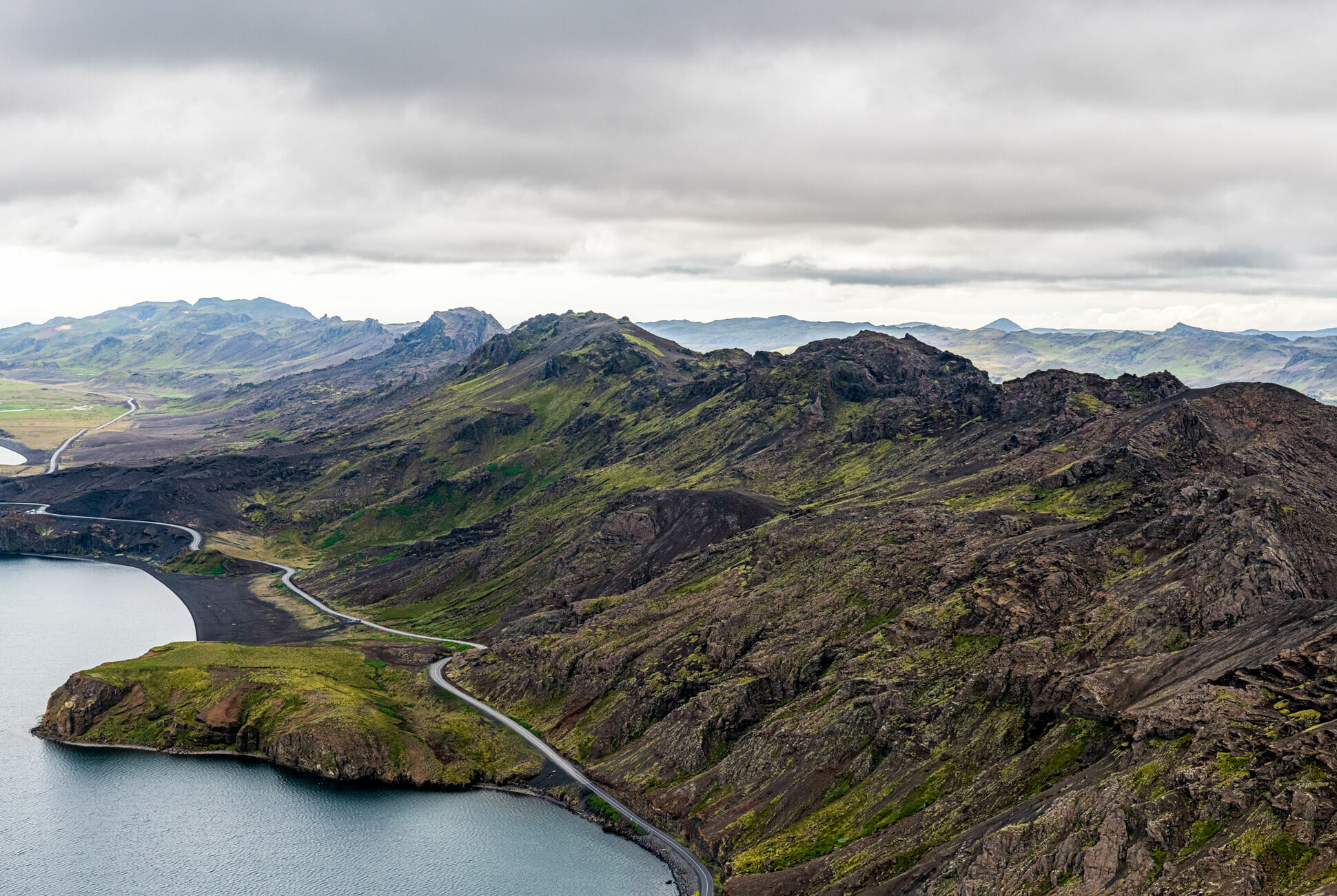
What to See & How to Do It
There is plenty to see and there’s plenty of advice out there on how best to do it — starting with clues on beating the crowds. All who advise on seeing the main attractions of Iceland will tell you to arrive early in the morning or in the evening for the best experience. This is true. However, you’ll want to pack your days full and if you are based in Reykjavík arriving bright and early everywhere you want to go may not be entirely possible. Drives can take a few hours to traverse the countryside and arrive at most of the sites.
So here’s our number one recommendation: Get into a single-engine plane to take in as much of the Icelandic landscape as possible. Leaving from Reykjavík Domestic Airport, you can see volcanic mountaintops, coastline, geysers and cyan thermal pools all within a short hour (or longer, if you so desire). It may sound gratuitous but this will be time well-spent — not to mention, it’s your best bet to avoid the crowds. If you don’t have your pilot’s license, we recommend getting on board with Haraldur Diego, affectionately known as the Volcano Pilot, who is a trusted aerial resource flying in and out of the domestic airport.
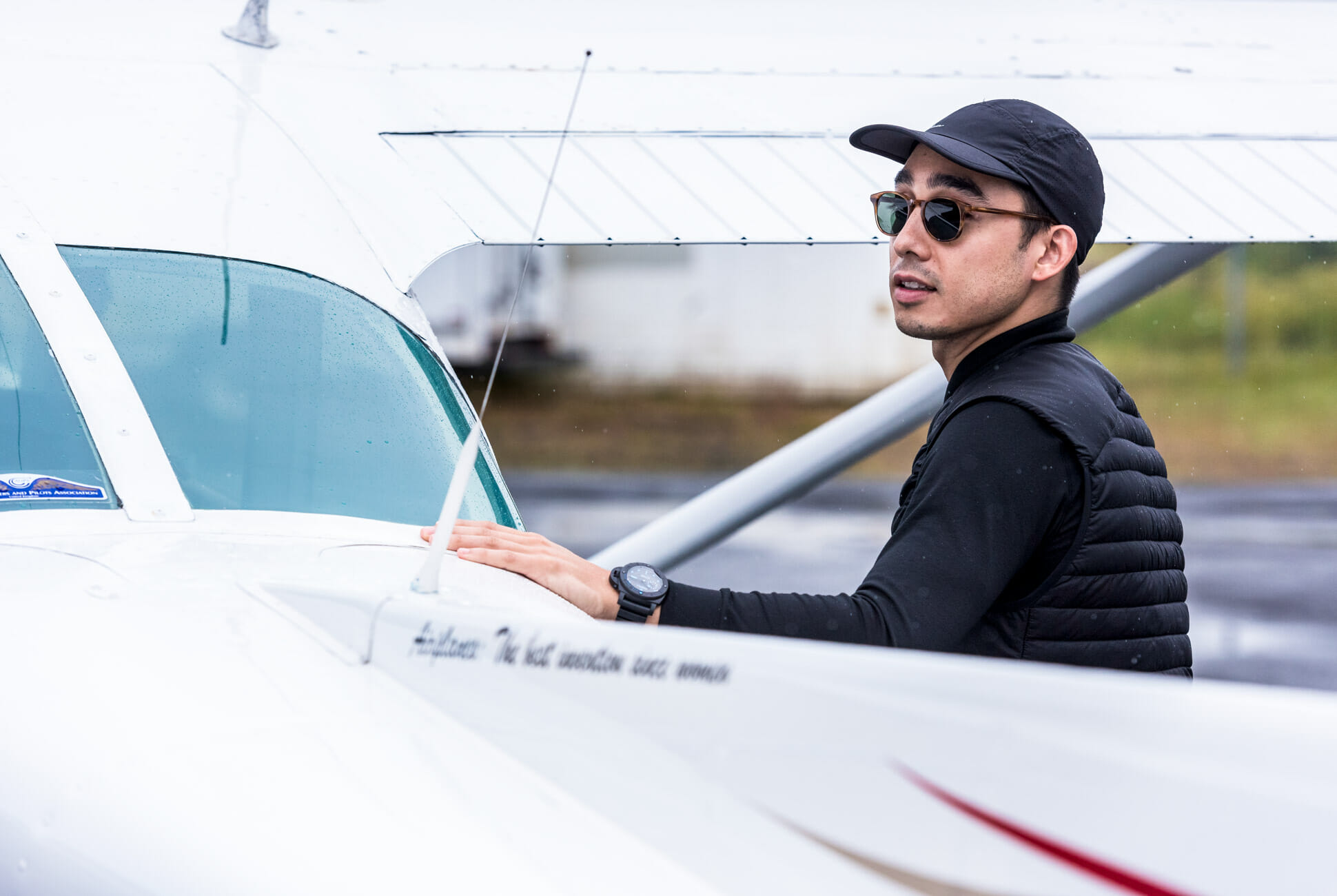
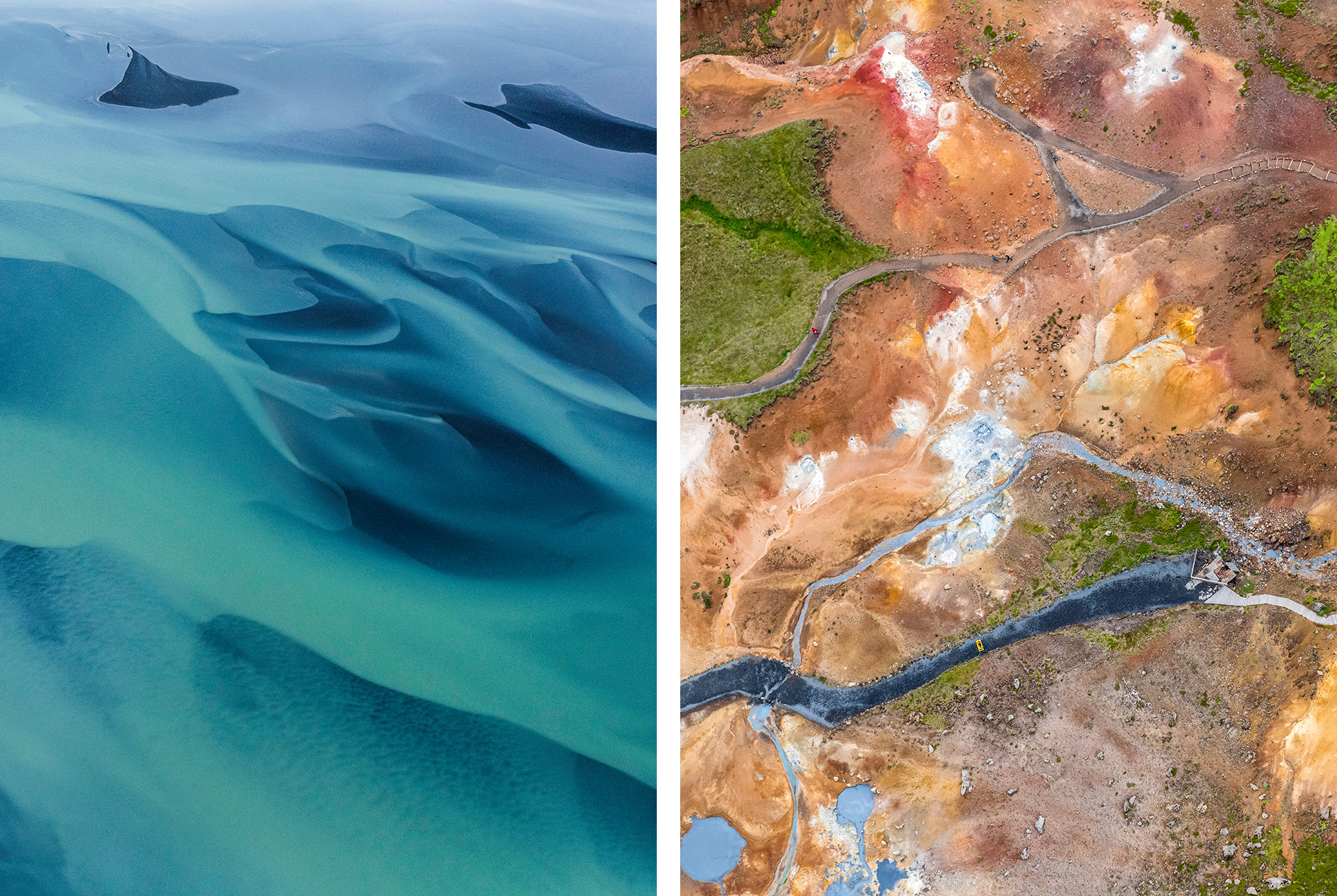
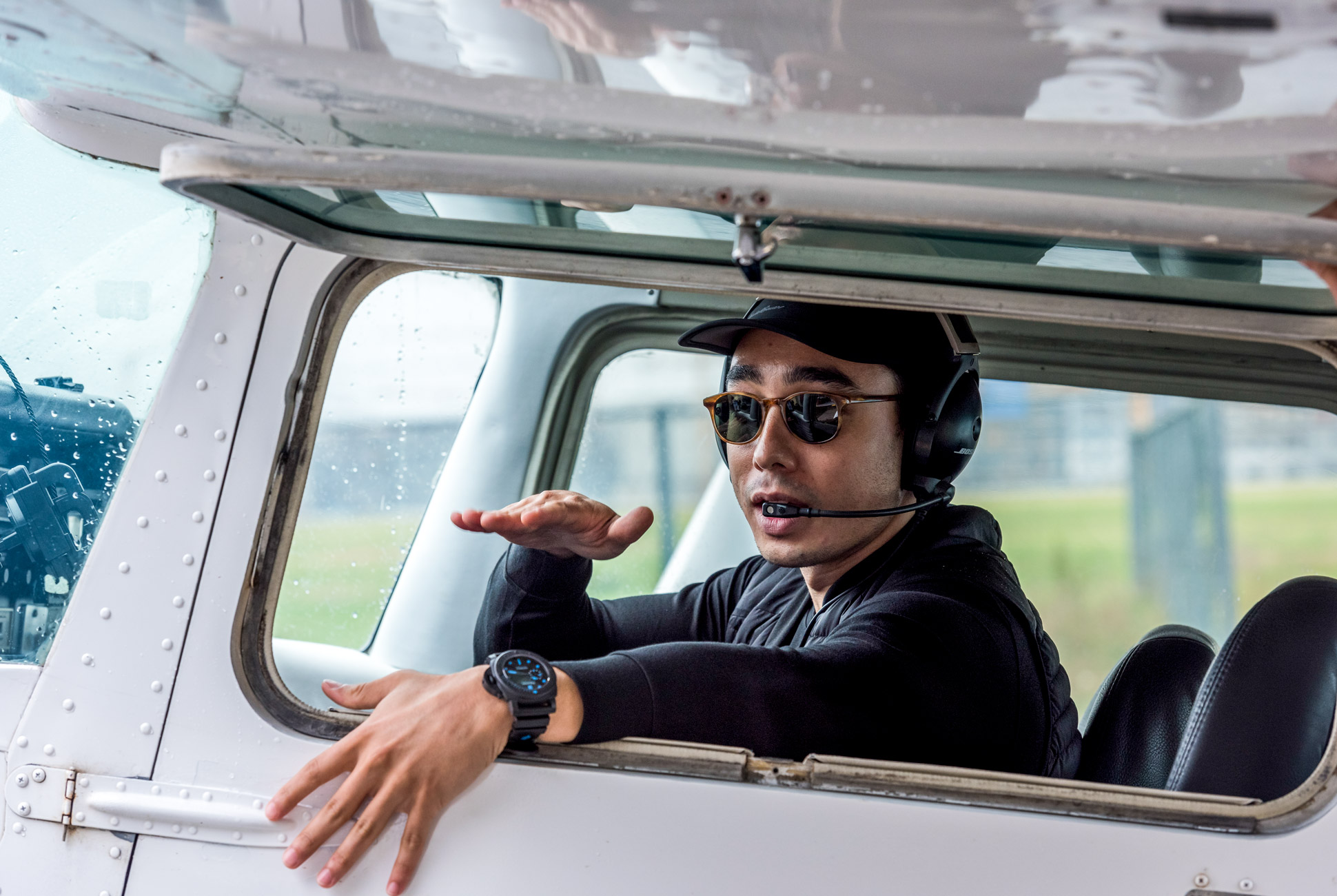
Of course, the scenery on the ground will make it worthwhile to also travel by car and you won’t be disappointed by traveling along famous Route 1 (also known as Ring Road). And, yes, you should definitely rent an SUV. Below are a few noteworthy stops all within a drive of the capital city.
We’ve already suggested a stop at Silfra within Thingvellir National Park for one of the best dives in the world, but while you’re in the park, it’s well worth the short drive to the trail leading to Öxarárfoss, a waterfall flowing from the river Öxará. It’s not the largest waterfall you’ll likely see on your trip — cascading 37 feet — but the short trek to its base is picturesque and makes the experience that much greater. The trail is approximately a two and a half-mile loop and filled with noteworthy geography thanks to the fissures formed all around this area from the North American and Eurasian plates shifting. The jagged basalt is flanked by vivid green moss, bounty from the perpetually wet surroundings making this short hike an easy way to take in the astounding natural beauty of Iceland (just a short 30 minutes from Reykjavík).
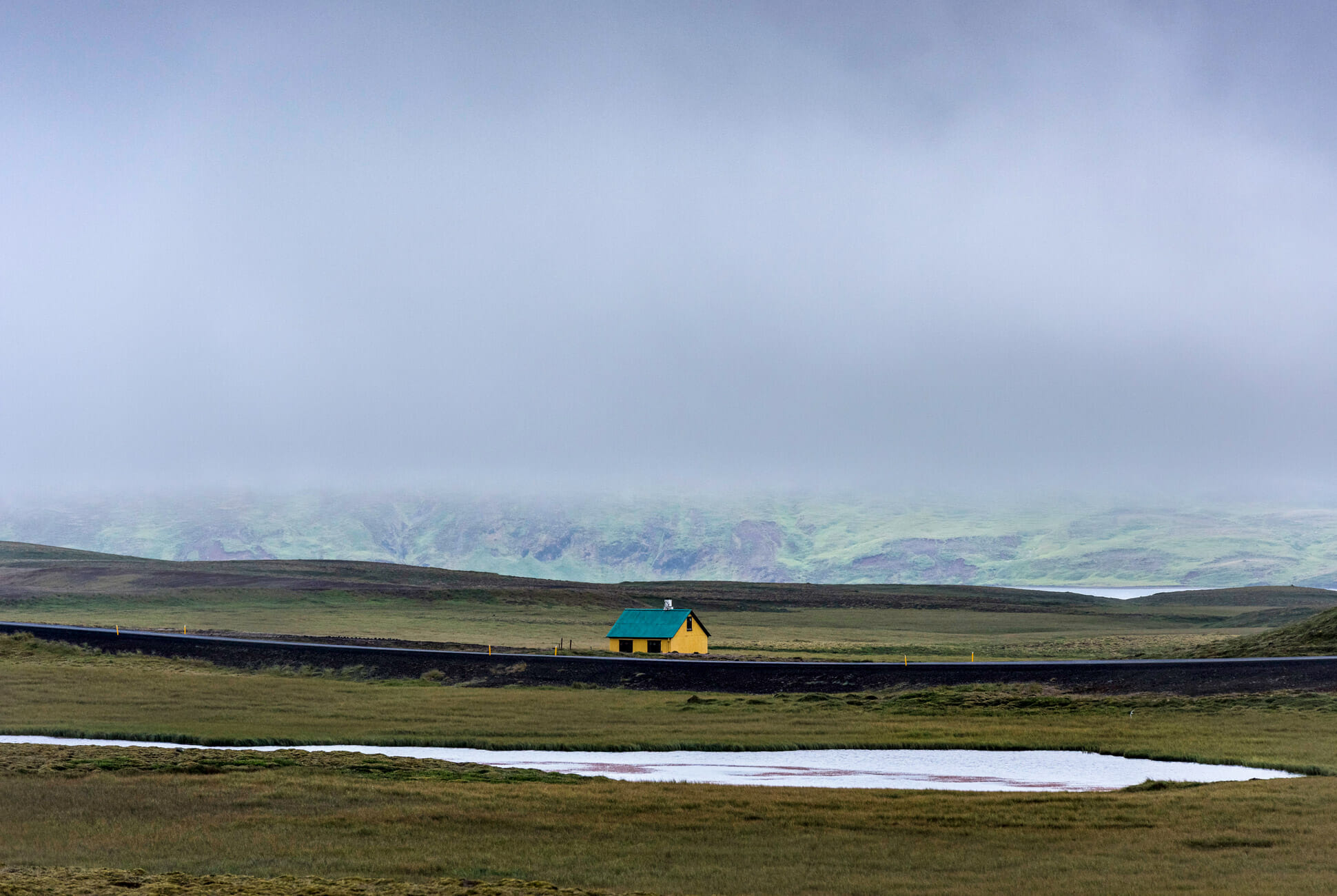
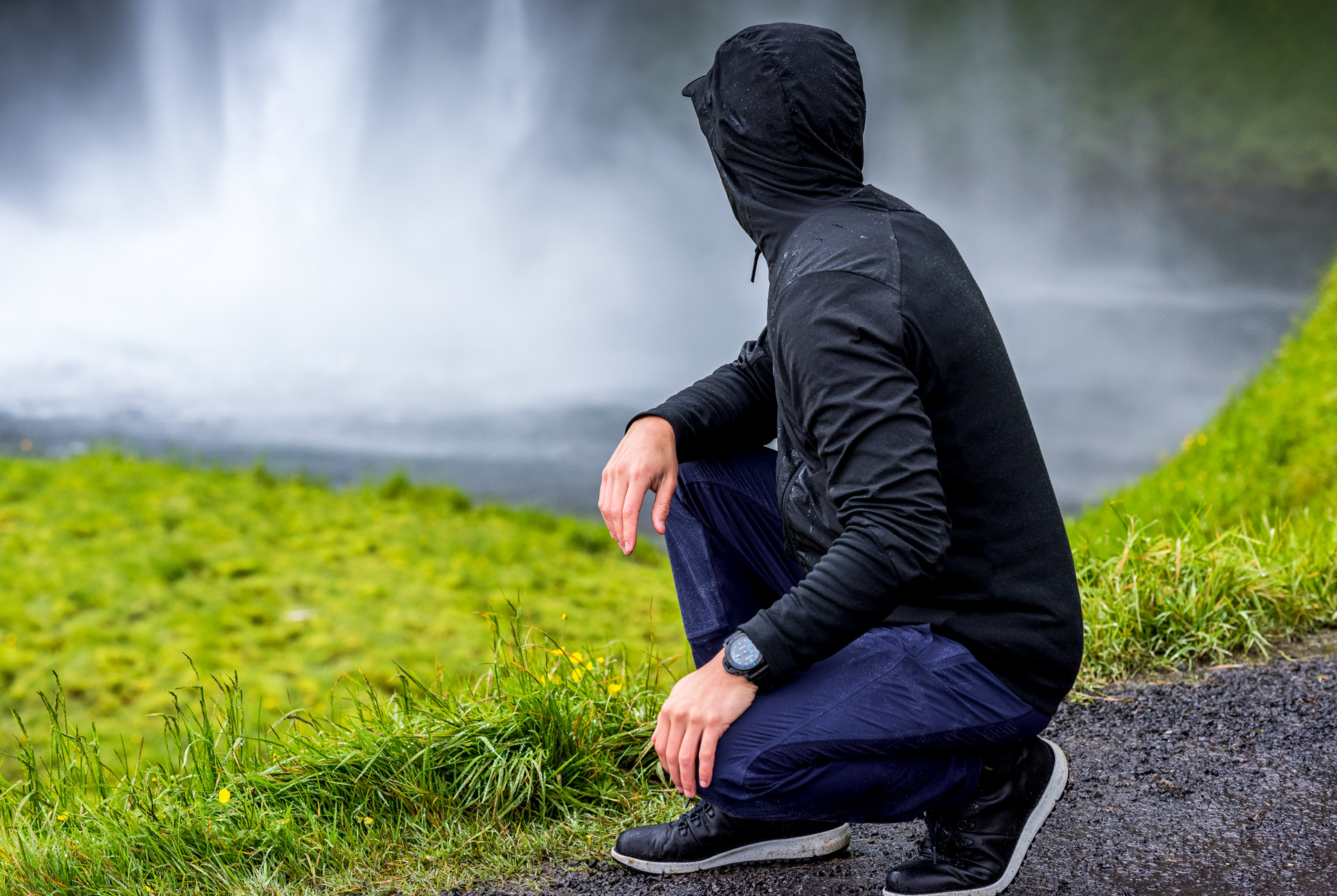
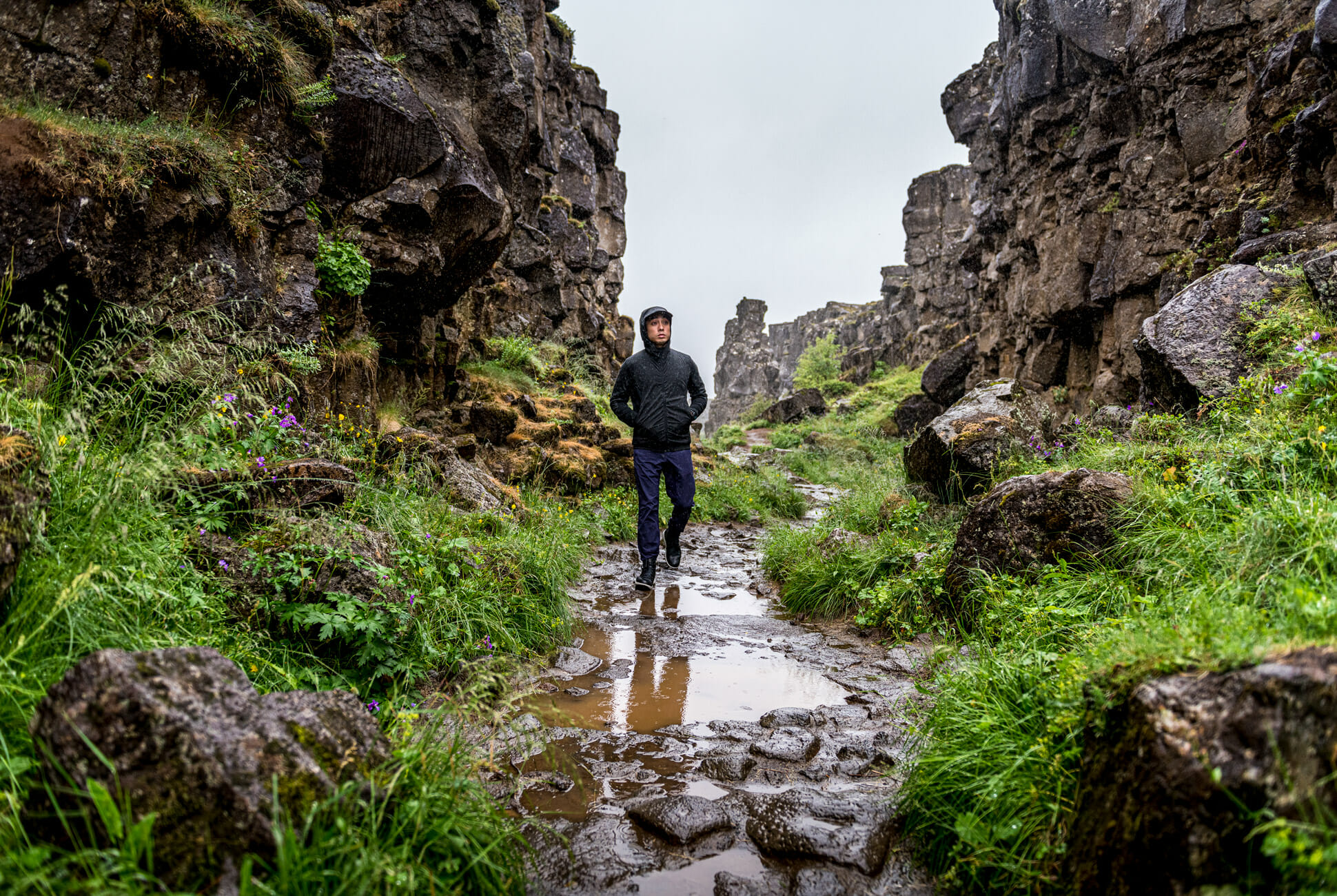
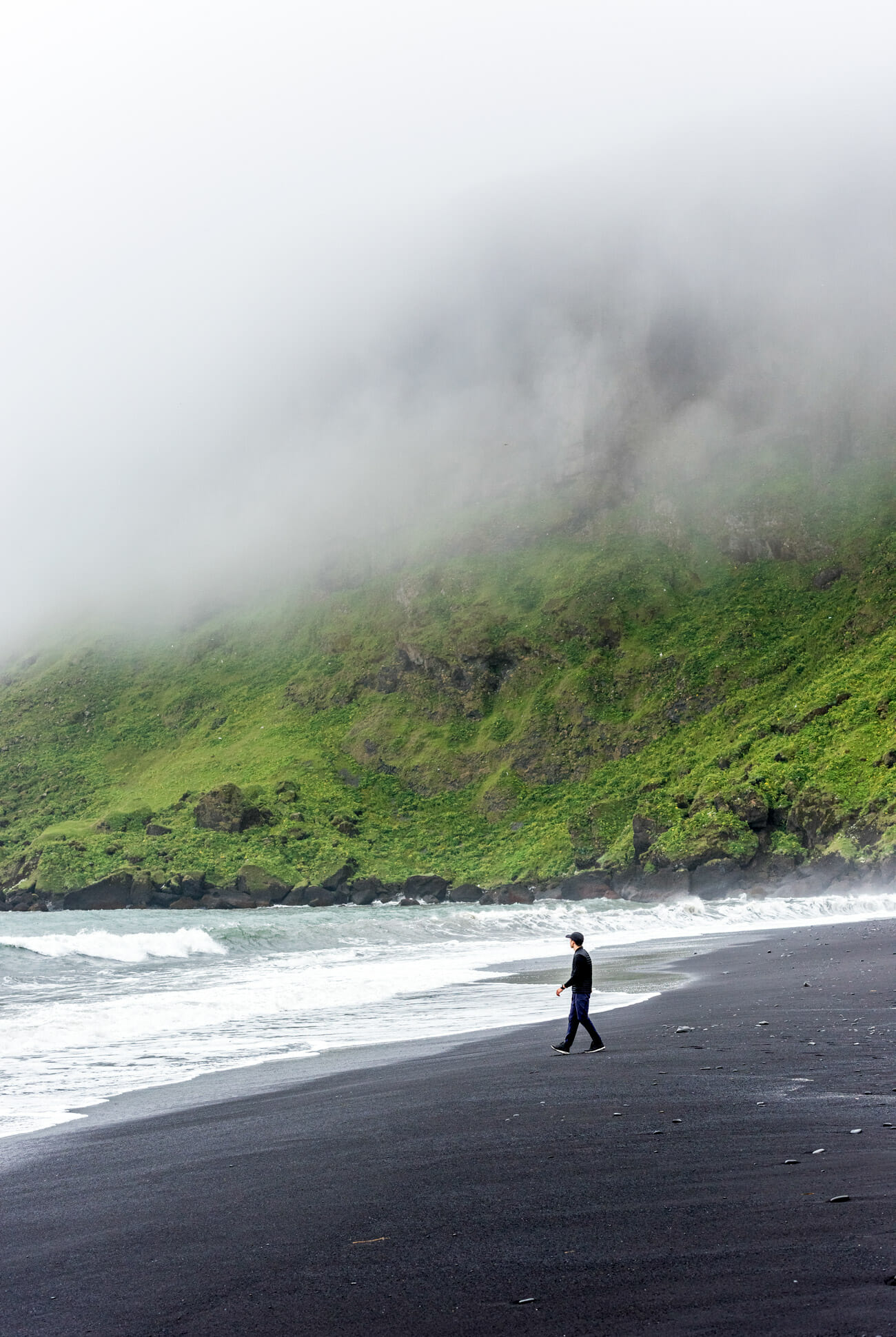
The powerful falls at Seljalandsfoss are flooded with glacial runoff from the well-known, occasionally pesky Eyjafjallajokull volcano. Cascading nearly 200 feet, the waterfall is among the most spectacular on the southern coast, just a short drive off of Route 1. A path leads behind the falls adding to the allure of this location — and means it does draw a crowd. You will be hard-pressed to find yourself alone here in the height of summer but the spectacular strength of the falls makes it worth a stop.
Continuing on from Seljalandsfoss, a 2.5-hour drive from Reykjavík, the black beach on the edge of Vik should be a stop on every visitor’s list. From the volcanic sands of Reynisfjara beach, you’ll have a view of the Reynisdrangar sea-stacks, which rise some 216 feet from the sea. While the rock-filled beach is a magnificent must-see, this is not a location to seek out for a leisurely swim. Reynisfjara is known for its powerful current — the waves make for a great show but aren’t to be messed with.
The Gear
Hybrid apparel is the move here. Rain may come on and off, you’ll likely get close to a waterfall, hike a bit and then pop into a restaurant at the end of the day. Look for clothing that will perform but also look sharp if you don’t find time to change before dinner. It also will keep you packing light (particularly if you’re just visiting for a long weekend and don’t want to check a bag).
First and foremost, always choose an accessory that’s made to work for you in all circumstances — for this trip, that was Panerai’s 47mm Submersible Carbotech™. Days can be long trekking from one destination to the next so our team appreciated having a watch as lightweight as the Carbotech™. Making a material that’s 14% lighter than Titanium is no small feat and wearing it really lightened the load. Knowing the composite material is also incredibly tough gave us a little extra confidence hiking through slippery volcanic rock a little easier (this watch can take a beating if it has to). And while the black dial with constrasting luminous hour markers and dots served us well scuba diving at Silfra, it also was welcome on land that’s marked by fickle, dark skies.
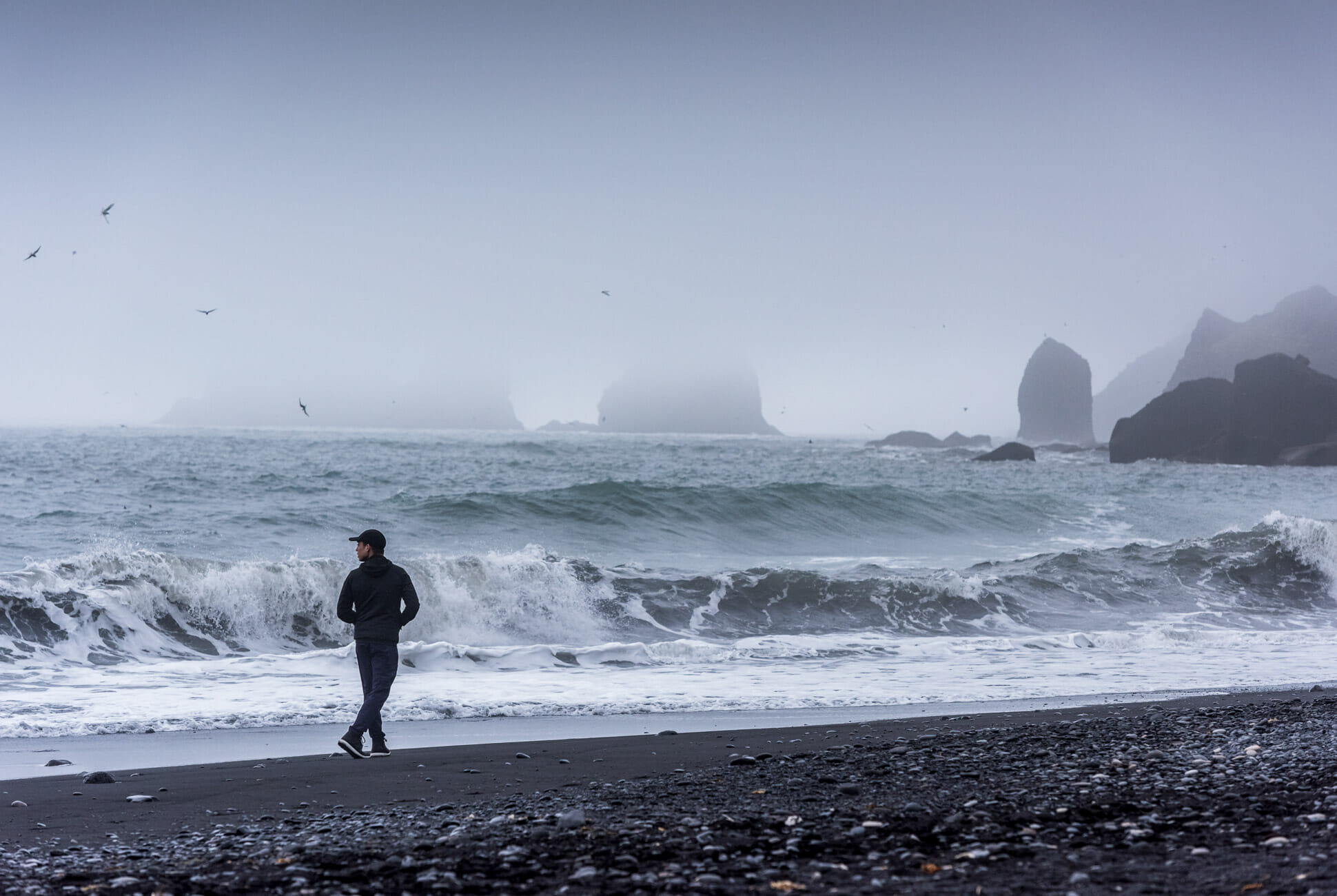
Next up, a sturdy hiker is a must. It rains more than 200 days per year in Iceland so you’ll often be traversing some slippery — along with rocky — surfaces. Our pick is Danner’s Mountain 600 — it’s a shoe that serves well on a hike but seamlessly fits in the city center, so you’ll get a lot of utility from these boots. Not least, apparel: We opted for a kit by Arc’teryx. It is the cream of the crop when it comes to stylish performance wear. As Nordic weather can change quickly, wind and water resistance layers (like a solid vest, for example) are the best bet. We went with light quick-dry pants and a hooded, wind-ready jacket on most days.
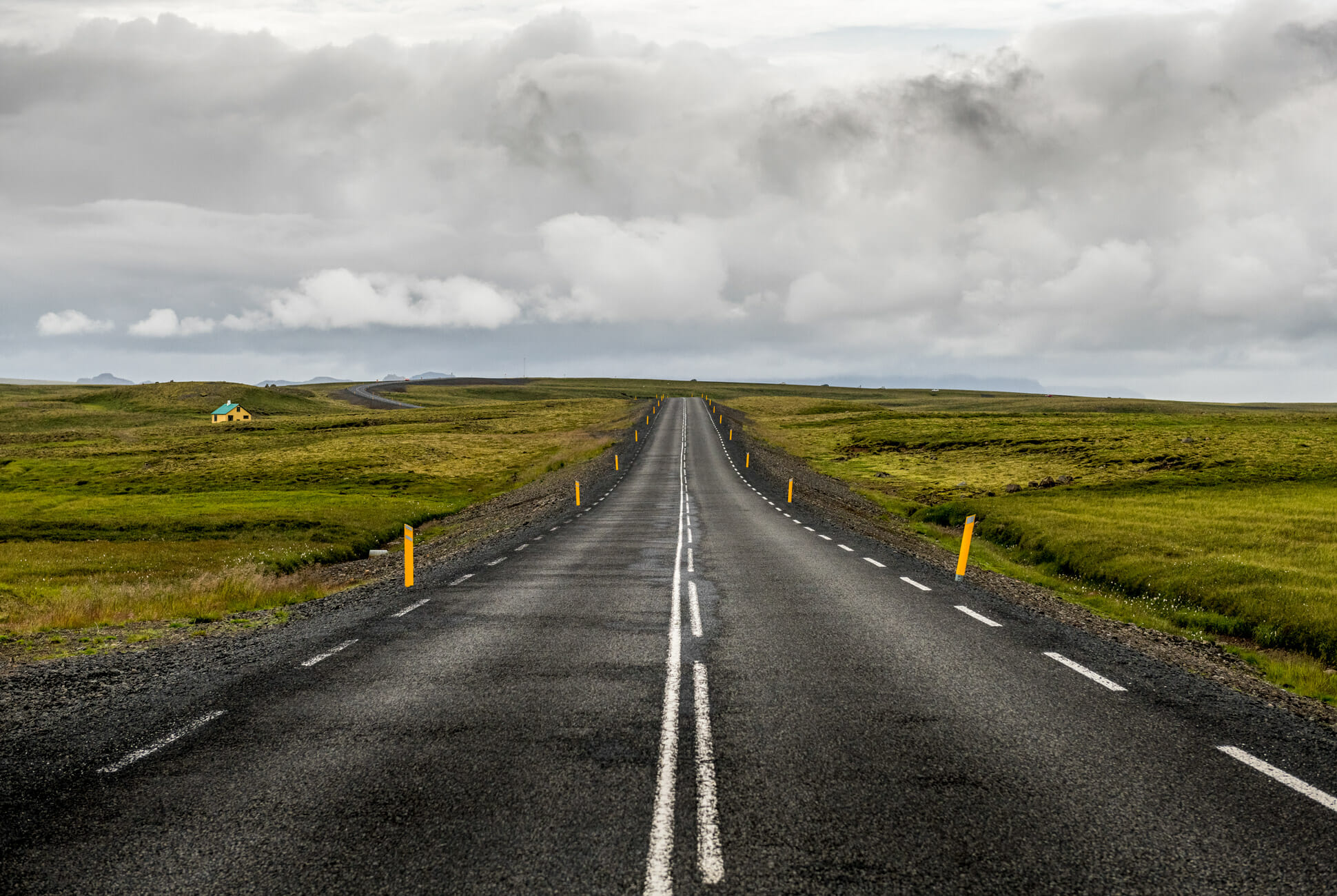
Panerai’s proprietary Carbotech™ material is made by compressing thin sheets of carbon fiber at a controlled temperature under high pressure together with a high-end polymer PEEK (Polyether Ether Ketone), binding the composite material. In simple terms: this material is incredibly durable while being remarkably lightweight. The process also ensures that no two are alike; each timepiece has completely unique striations. And no matter what situation you find yourself in, the improved lume on this watch will serve you well. For this latest version, Panerai used a new technique cutting markers out of solid blocks of lume, giving them a 3D quality and greater visibility. Equipped with Panerai’s P9010 in-house movement, it has a power reserve of 72 hours, an immersion scale, black dial with luminous hour markers and dots, a unidirectional bezel, and water resistance up to 300 meters. Learn More



